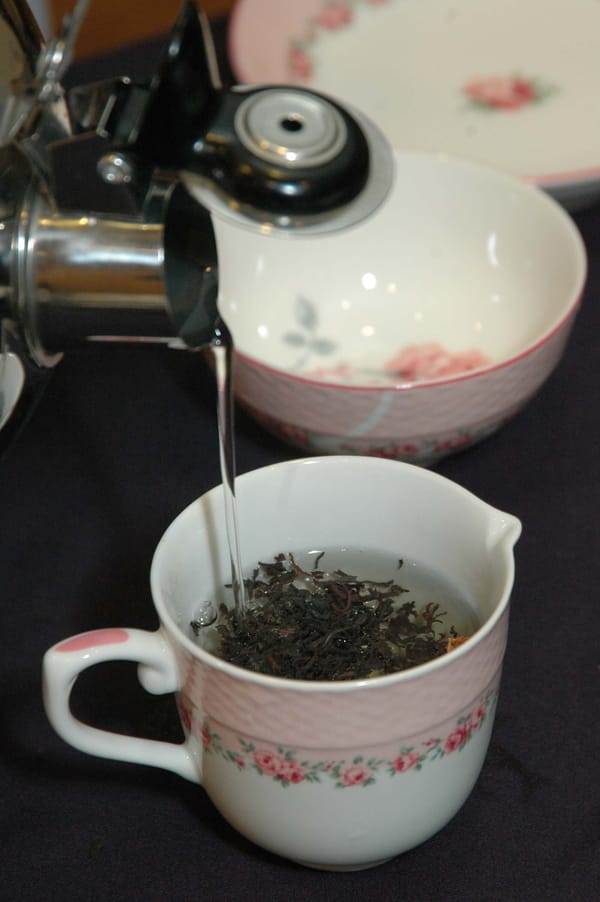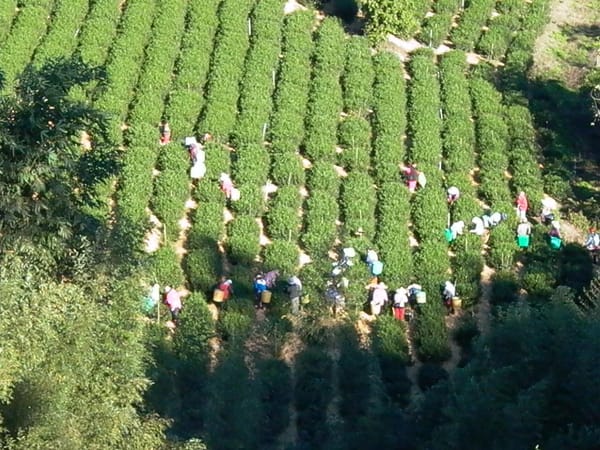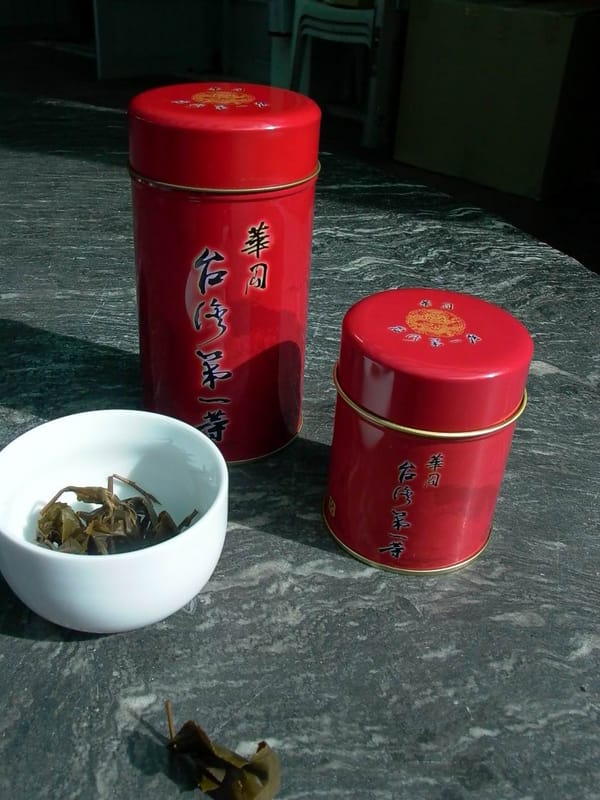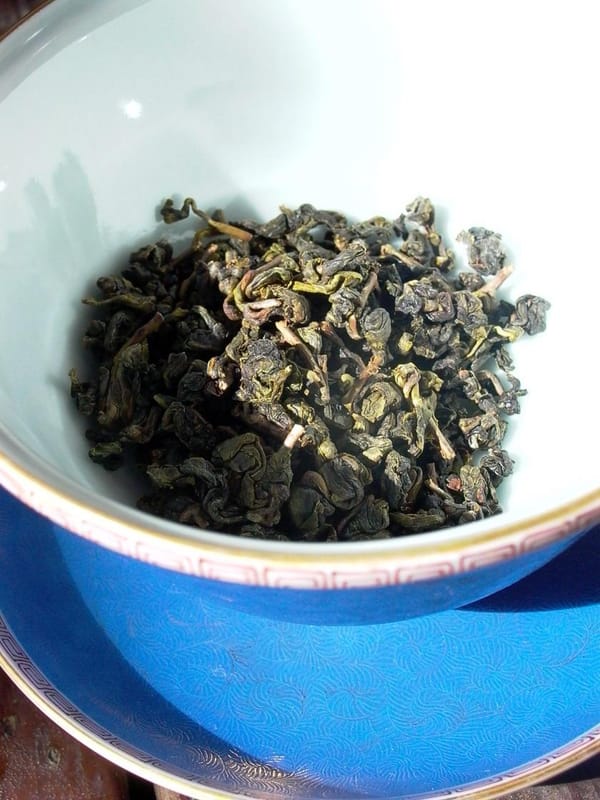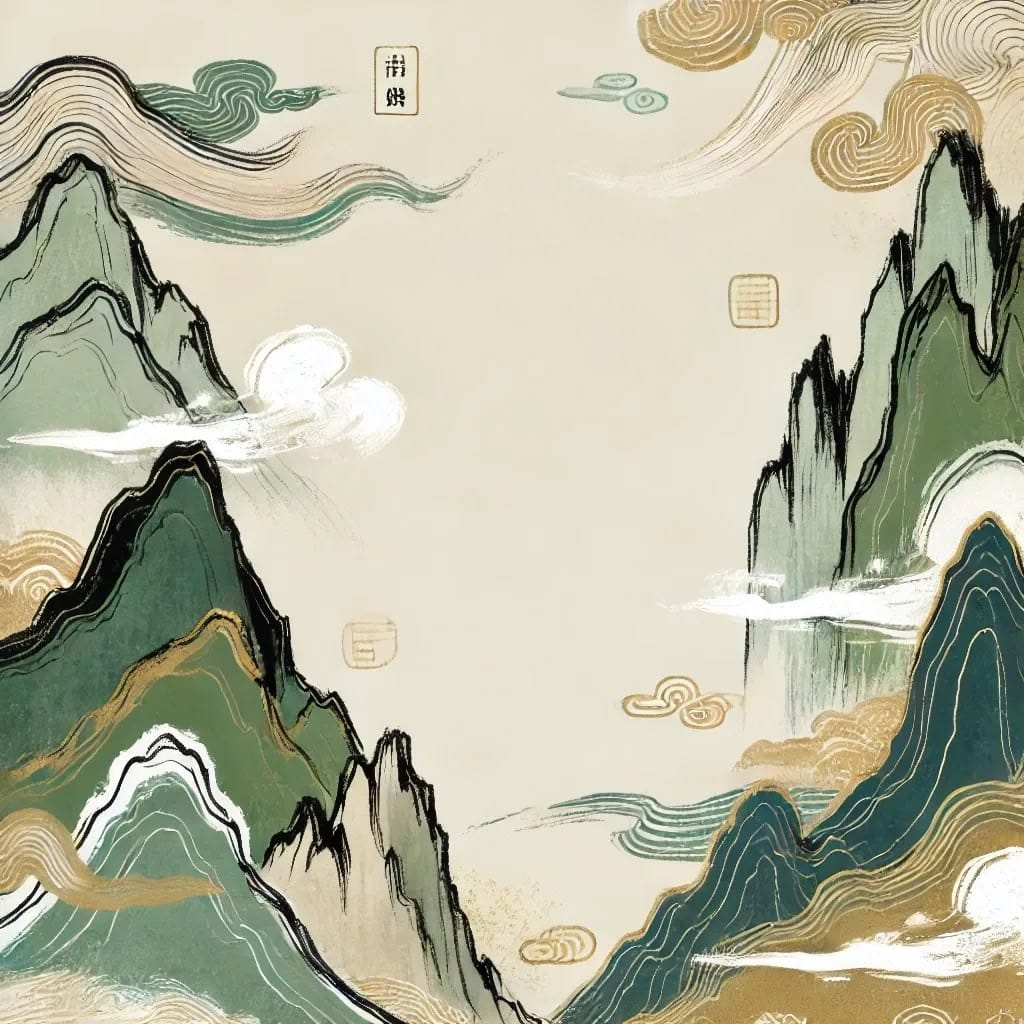A cup of tea carries a legacy of millennia; a teahouse stands as a witness to the fusion of civilizations. From ancient Chinese tea houses to British Tea Houses, from Eastern tea ceremonies to Western afternoon tea traditions, tea culture flows through the annals of history, transcending geography and ethnicity to become a shared cultural heritage of humankind.
The history of tea culture is a vivid narrative of cultural exchange. As tea journeyed from Chinese tea gardens to the rest of the world, it brought with it not only unique flavors but also rich cultural significance. Each region embraced tea culture in its own way, infusing it with local traditions to create diverse tea landscapes.
Let us follow the path of history to trace the spread of tea culture from East to West, appreciate the enchanting encounters of civilizations over tea, and witness the innovations born from this intercultural dialogue.
Eastern Teahouses: A Spiritual Haven for the Literati
Chinese teahouse culture has deep roots, with structured establishments dating back to the Tang dynasty. These teahouses served not only as places to enjoy tea, but also as vital cultural hubs. Traditional Chinese teahouses are characterized by an atmosphere of clarity, serenity, elegance, and harmony, offering a space where scholars debated philosophy and merchants rested and socialized.
The spatial aesthetics of traditional teahouses reflect the Chinese pursuit of refined living. Wooden architecture, antique furnishings, and calligraphy-adorned walls create an ambiance steeped in culture. The layout follows the principle of "changing scenery with every step," allowing guests to experience spatial rhythm and Zen-like tranquility through tea.
The social culture within teahouses reveals the dynamics of Chinese interpersonal relationships. Elders share wisdom, friends converse intimately, and business deals unfold over a pot of tea. The lifestyle of "a pot of tea, a half-day of leisure" embodies the Chinese ideal of slow living.
The ritualistic elegance of tea performance is a unique charm of traditional teahouses. From warming the pot to pouring the brew, each motion is steeped in cultural meaning. Tea masters perfect their movements not just for technique but as a path to spiritual refinement.
Western Tea Houses: Symbols of Elegant Living
When tea reached Europe via the Silk Road and maritime trade routes, it quickly became a prized luxury among the elite. British Tea House culture flourished in the 17th and 18th centuries, developing distinct characteristics from its Eastern counterparts.
The ceremonial nature of English afternoon tea illustrates the Western appreciation for form and beauty. Delicate porcelain, elegant silverware, and artful pastries are all meticulously selected. Afternoon tea became not just a moment of refreshment but a display of social status and taste. The three-tiered serving stand and pairing etiquette are now iconic symbols of English tea culture.
The prominence of social interaction defines the Western Tea House experience. Aristocratic women gathered to converse, share news, and engage in cultural trends. Tea Houses became influential spaces for social discourse and the shaping of public opinion.
The commercial operation model allowed Tea House culture to spread widely. Unlike the leisurely ambiance of Eastern teahouses, Western Tea Houses emphasized standardized service and business efficiency—an approach that influenced the global development of modern tea establishments.
Moments of Cultural Confluence
The fusion of Eastern and Western tea culture did not happen overnight. It was a gradual integration shaped by exchange and adaptation. The maritime tea trade of the 17th century opened the door to cultural exchange. Trade organizations like the Dutch and British East India Companies transported not just tea, but its cultural values.
The evolution of tea packaging and branding highlights the depth of this fusion. Traditional loose-leaf packaging gave way to Western-style tea bags, enhancing convenience. Eastern naming traditions merged with Western branding strategies, laying the foundation for modern tea commerce.
Innovations in brewing methods reflect cultural adaptation. Westerners created milk-and-sugar tea styles based on their culinary habits, while Eastern cultures adopted some Western teaware and methods, enriching traditional tea artistry.
The globalization of tea plantations is a major outcome of cultural exchange. The British established tea gardens in colonies like India and Sri Lanka, combining Chinese cultivation techniques with local conditions to create new tea varieties and flavors.
The Global Identity of Contemporary Tea Culture
Modern tea culture is increasingly diverse and international. The rise of tea chains has standardized and accelerated tea culture's global reach. Even coffee chains like Starbucks now offer tea beverages, signaling a convergence of tea and coffee cultures.
Innovative tea drinks express how younger generations reinterpret tradition. Bubble tea, fruit-infused blends, and flavored teas retain tea’s essence while aligning with modern tastes and lifestyles.
Digital platforms facilitate global tea culture exchange. Social media tea art, online tea classes, and international e-commerce have made tea more accessible and foster deeper intercultural connections.
The rise of tea tourism brings tea culture to life. From pilgrimages to Chinese tea mountains to English estate tea sessions, from Japanese tea ceremony training to Indian plantation tours, tea tourism offers immersive cultural experiences across continents.
The Aesthetics of Tea House Architecture
Architectural evolution mirrors the blending of East-West tea cultures. Traditional Chinese teahouses emphasize harmony with nature through wooden structures and flowing indoor-outdoor spaces. Garden layouts and shifting views embody the philosophy of "unity between heaven and man."
English Tea Rooms reflect Western preferences for privacy and comfort. Heavy curtains, plush sofas, and warm fireplaces create a cozy, domestic atmosphere. Victorian décor and elegant furnishings illustrate the lifestyle aspirations of the Western middle class.
Modern fusion-style tea houses seamlessly blend Eastern Zen with Western comfort. Eastern minimalism meets Western ergonomic design. Rather than a patchwork, this synthesis reflects deeper philosophical exchanges.
The rise of industrial-style tea houses marks a new direction in tea culture. Exposed brick, metal frames, and minimalism contrast traditional aesthetics, reflecting the urban pursuit of simplicity and clarity.
Tea Etiquette: Differences and Integration
Etiquette is a core element of tea culture, where East and West differ markedly—yet they also converge. Chinese tea etiquette values respect, purity, harmony, and beauty. Rituals from posture to pouring carry deep cultural symbolism.
British tea etiquette emphasizes social protocol and ceremony. Afternoon tea follows precise timing, utensil use, and food pairings, underscoring Western ideals of order and refinement.
The simplification and popularization of modern tea etiquette make tea culture more accessible. Traditional complexity is distilled into practical forms, allowing broader participation. New hybrid etiquettes have emerged through East-West exchange.
Business tea etiquette addresses contemporary needs by combining traditional values with professional protocol. It retains cultural flavor while adapting to real-world business contexts.
Innovation in Contemporary Tea Culture
The 21st century has brought unprecedented vitality to tea culture. The health and wellness movement has reignited interest in tea. Scientific research into tea’s benefits has driven the rise of functional teas and aligned traditional tea culture with modern health values.
The cultural creative industry injects new energy into tea. Tea-themed merchandise, performances, and festivals present tea in stylish and diverse forms, resonating with today’s aesthetics.
Sustainability values are reshaping the tea industry. Organic farms, fair trade practices, and eco-friendly packaging reflect tea culture’s growing concern for environmental and social responsibility.
Technological innovation offers new frontiers. Smart teaware, digital learning platforms, and advanced quality-testing tools are elevating tea culture to new heights.
From ancient Chinese teahouses to today’s global Tea Houses, tea culture continues to evolve. This evolution is not replacement but enrichment—honoring its roots while embracing innovation. Modern tea culture serves as a bridge between tradition and modernity, East and West.
Looking ahead, tea culture will continue to thrive through integration and innovation. Whether in a traditional teahouse or a modern Tea House, in an Eastern ceremony or a Western afternoon tea, each expression finds its place in the global tapestry of tea, co-authoring a new chapter in cultural heritage.

